Tesla could be ruling itself out of an immmediate future in fleet, despite recently appointing UK national contract hire and leasing manager Jeff Edgar, after taking almost 400,000 deposits for a new model that is not scheduled for launch for almost two years.
The electric Model 3 prototype, presented as an ‘affordable Tesla’, was unveiled at the end of March when the company began taking deposits.
By mid-April, the number of deposits was “approaching 400,000”, according to some news reports, based only on the prototype’s appearance and provisional specification.
Some analysts have suggested the decision to take deposits so far out from the expected launch has given the loss-making company a much-needed cash injection.
But with demand at such high levels for the Model 3, Tesla could be fulfilling orders for some years to come.
Tesla chief executive Elon Musk recently responded to Twitter questions regarding the Model 3 in the UK, saying production will begin in the US, “but we will need to build a factory in Europe to serve long-term regional demand”.
This year, Tesla is on track to produce between 80,000 and 90,000 Model S and X.
The larger Model S has been on sale in the UK since 2014 and is priced from £59,035 to £92,235, depending on specification and battery range. Customers can order one today for delivery in early summer.
The Model X SUV has since been launched, with deliveries in America underway although, according to online forum reports, some customers are unhappy with build quality.
The Model 3 price is expected to be closer to £30,000 and production is scheduled to start in late 2017.
Tesla says when production begins it will start deliveries in North America on the west coast, moving east.
As production is ramped up, deliveries for Europe and the rest of the world will commence, although right-hand drive production will be behind left-hand drive.
Spokeswoman Sunny Sahota said: “It is not possible to ship to all regions simultaneously because regulators in each part of the world have slightly different production requirements.
“Staggering deliveries in this way also allows us to provide the best possible customer experience.
“In order to be as fair as possible, there will be a different queue for each region.
“We’re giving existing Model S and Model X customers priority in configuring their Model 3 after they’ve a placed a reservation as a thank you for their loyalty.
“The purchase of their vehicles helped us build Model 3 and early reservations is how we thank them,” she added.
According to the DVLA, 1,428 Model S cars were registered in 2015, and three Tesla Roadsters.
ACFO chairman John Pryor said fleets would be unhappy to face a long wait for a car, despite the potential benefits in running costs and tax.
“Fleets will try to avoid long lead times in most cases as they are budgeting to timelines,” he said.
“Fleets like certainty and the longer the lead time the greater the risk that vehicle costs – such as lease rates and P11D charges – could change.
“Many fleets that lease their vehicles will be tied in to what the supplying partner is able to provide and prepared to provide quotes for.
“That may often be not too long before a vehicle is ready to order, again because of uncertainty around pricing both in terms of the new vehicle and the used car market.”
Pryor believes that cash purchase fleets, particularly smaller privately owned organisations, might be more willing to put up with long lead times.
“However, I suspect this is more related to the business owner using company money to fund the deposit,” he adds.
“What’s more, fleets will often cancel an order if a delay proves to be too long. Some years ago I recall lead times on some Audi models ran to eight or nine months because of issues linked to the supply of diesel engines and fleet orders were cancelled.”

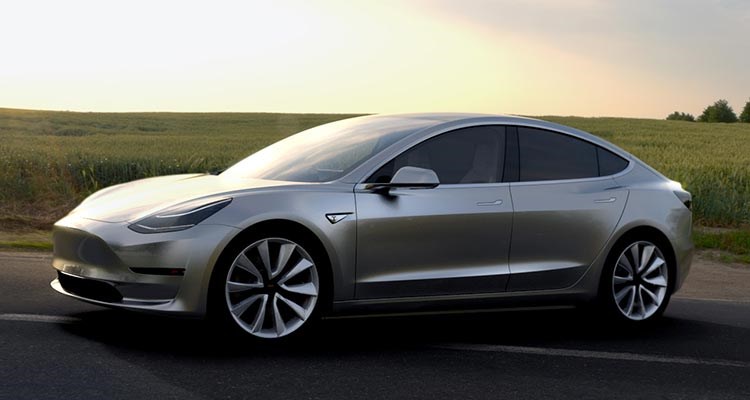
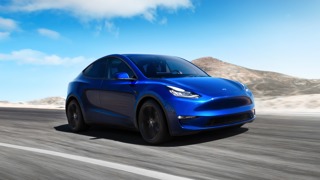

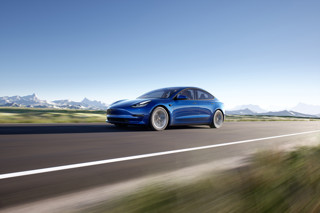
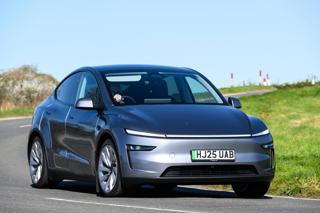
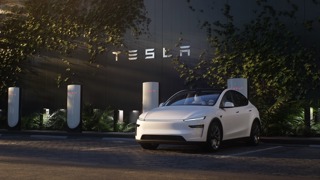












Login to comment
Comments
No comments have been made yet.